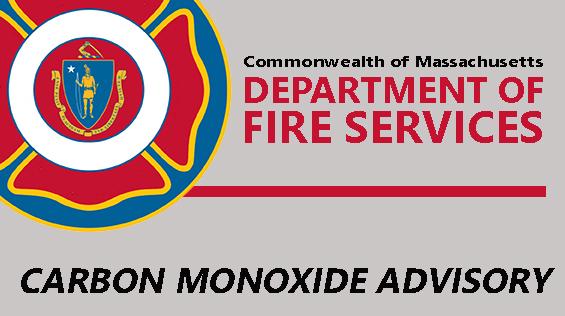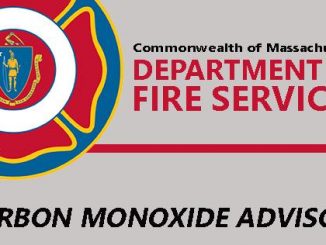
Winter Weather Advisory: Check CO Alarms and Keep Vents Clear of Snow
Blocked Vents Can Cause Fatal Buildup of Colorless, Odorless, Deadly Gas
With the season’s first significant snow on the way in parts of Massachusetts, State Fire Marshal Peter J. Ostroskey reminded residents to test their carbon monoxide (CO) alarms and keep dryer, furnace, and other exhaust vents clear of snow.
“Carbon monoxide is the leading cause of fatal poisoning, and home heating equipment is the primary source of carbon monoxide in the home,” State Fire Marshal Ostroskey said. “As part of your storm planning, check your CO alarms to be sure they’re working properly, and if an alarm is more than five to seven years old, replace it.”
Residents should also be sure to keep outside vents clear of falling, drifting, or shoveled snow. In January 2005, 7-year-old Nicole Garofalo died when a heating vent was blocked by snow drifts outside, allowing carbon monoxide to accumulate inside her Plymouth home. This tragedy led to Nicole’s Law, which requires CO alarms on every habitable level of a Massachusetts residence.
“Fuel-fired heating appliances like dryers, furnaces, boilers, and fireplaces are all sources of carbon monoxide,” State Fire Marshal Ostroskey said. “If the vent or flue is blocked, this poisonous gas can reach deadly levels inside the home. Know where the vents on your home are, be sure to clear them when shoveling, and be careful not to blow snow onto them if using a snowblower.”
Massachusetts fire departments reported nearly 18,000 CO incidents in 2020, officials said, and 92% were in residential settings. The poison gas can cause headache, fatigue, dizziness, and/or nausea at lower concentrations and death at higher concentrations. Exposure while asleep is particularly dangerous.
“We can’t see, smell, or taste carbon monoxide, but we can detect it with working CO alarms,” State Fire Marshal Ostroskey said. “If your alarm sounds, get outside and call 9-1-1.”
For more information on carbon monoxide and CO alarms, visit the DFS website.


Be the first to comment